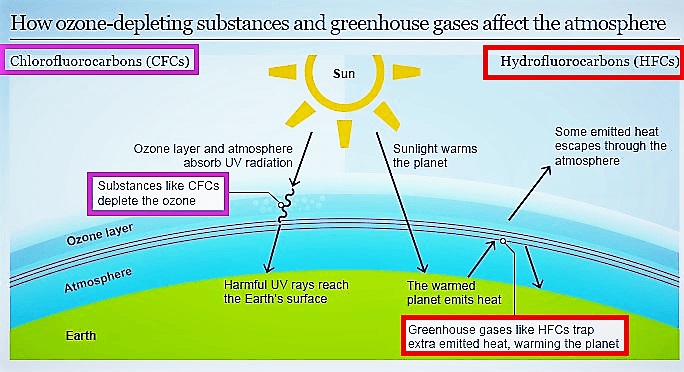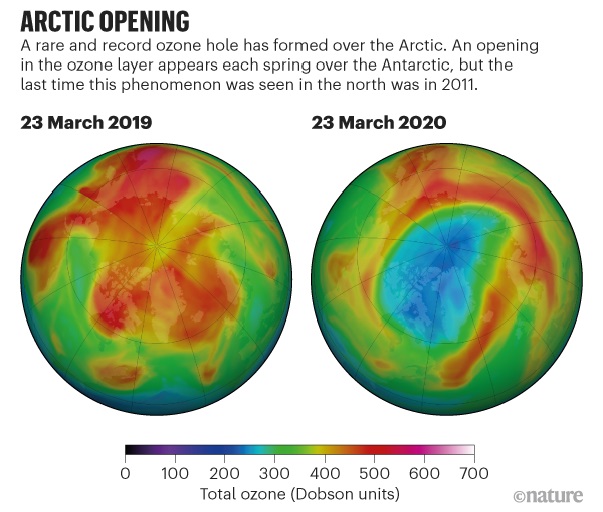The Union Government of India has approved the ratification of the Kigali Agreement to the Montreal Protocol to phase down climate damaging refrigerant Hydrofluorocarbons (HFCs).
The world's largest producers and consumers of HFCs, United States and China are on the same lines. 122 countries had ratified the Kigali Amendment by the end of July 2021.
Kigali Agreement: India's ratification details
India has to reduce its HFCs usage by 80%. It should be done by 2047 while China and the US have to achieve the same in 2045 and 2034.
The United States, China and India are all in separate groups of countries. They have various time schedules to phase out their HFCs and replace them with climate friendly alternatives.
India would phasedown the HFCs in 4 steps which would begin from 2032 onwards. With a cumulative reduction of 10% in 2032, 20% in 2037 and 30% in 2042 and 89% in 2047.
Ozone depleting substances (regulation and control) rules existing framework would be amended to allow the proper control of production and consumption of HFCs so as to ensure compliance with Kigali Agreement.

What is the Kigali Agreement?
It was in the 28th meeting of parties to the Montreal Protocol, when negotiators from 197 countries signed the agreement to amend the Montreal Protocol. This was done in Kigali, thus the name Kigali Agreement came into being.
This agreement put a mandate on the countries to reduce the production of Hydrofluorocarbons (HFCs) roughly by 80-85% by 2045. The baselines of various countries were different. Due to this phasedown the global temperature average would rise up only by 0.5 degrees by 2100. Thus the Kigali Agreement is an amendment to the Montreal Protocol.

Courtesy: Nature Magazine
What is the Montreal Protocol and its problems?
The Montreal Protocol has been most effective as an international treaty that would phase out the Ozone Depleting Substances from the atmosphere. It came into force in the year 1989 and has 197 parties to the treaty. The parties have completely ratified the treaty. The Kigali amendment is the eighth amendment to this protocol. Due to this protocol 98% of the emissions of Chlorofluorocarbons and other ODSs have been controlled and the Ozone has been repaired.
World Ozone Day 2019: What is Ozone Layer, How it is recovering from depletion?
Comments
All Comments (0)
Join the conversation